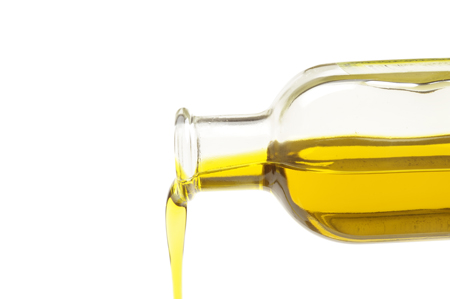 (Agrimoney) – Palm oil futures took nearly to 15% their recovery over the past month as official data showed a rare July decline in Malaysian stocks, driven by an unexpectedly large jump in exports to their best of 2016.
(Agrimoney) – Palm oil futures took nearly to 15% their recovery over the past month as official data showed a rare July decline in Malaysian stocks, driven by an unexpectedly large jump in exports to their best of 2016.
Palm oil futures for October recovered from early losses to stand at 2,509 ringgit a tonne in late deals in Kuala Lumpur, a gain of 1.7% on the day and the highest for a benchmark contract in nearly two months.
The headway, which took to 14.7% the rise in prices from a low reached a month ago, followed the release by the Malaysian Palm Oil Board of data showing that Malaysian inventories of the vegetable oil fell by 4,000 tonnes over July to 1.77m tonnes.
While only a small decline, the drop was rare for a month in which production is seasonally expanding in Malaysia to a peak typically reached in September-October.
Indeed, it was the first July fall in five years, and left inventories more than 60,000 tonnes short of the level that investors had forecast.
Chinese sales
The figure reflected in part a slightly smaller rise in production than the market had expected, of 3.5% month on month to 1.59m tonnes – the weakest July figure in six years.
However, a bigger surprise was an export figure of 1.38m tonnes – up 270,000 tonnes month on month, and more than 90,000 tonnes above the market forecast, according to a Reuters poll.
The jump in Malaysian shipments was viewed by Edward Hugo at broker VSA Capital as “likely an indication of strong Chinese demand, as domestic stockpiles are now at a historically low level in that country”.
At broker CIMB Securities, Ivy Ng, regional head of plantations, flagged the influence on Chinese demand of a programme of sales from large state stocks, which had fuelled a halving in purchases from Malaysia earlier in 2016.
“Traders were not stocking up, given that the government was releasing from its reserves, and the anticipation that this would lead to lower prices,” Ms Ng told Agrimoney.com.
‘Demand to stay strong’
However, with the end of government palm oil sales, consumers were now returning to imports, with their appetite for restocking whetted by the prospect China’s Mid-Autumn Festival holiday, next month.
“We expect demand to stay strong,” at least in the short-term, Ms Ng said.
Separate data on Wednesday from cargo surveyor SGS showed Malaysian shipments rising by 18.1% month on month in the first two weeks of July.
There was more doubt over how to read the production data, which for July were clouded by the incidence of the Ramadan holiday, which sees a lot of foreign plantation workers in Malaysia return home.
While some observers have highlighted the continued role of El Nino-related dryness in depressing production, where was some debate within the industry about the extent of such an effect.
“Plantations are more confident about production in September, getting into the really peak production season,” she said.
‘Neutral to bearish’
At VSA Capital, Edward Hugo said that “planters require a significant bounce-back in crude palm oil production for the peak period, September-December, to boost their full-year production numbers”.
However, he noted that the month-on-month decline in Malaysian palm oil output “are becoming smaller”.
VSA stood by expectations for Rotterdam crude palm oil prices of $600-650 a tonne, on a CIF basis, for 2016, a little below current levels.
“Hence we expect pricing to be neutral to bearish in the second half of the year.”




